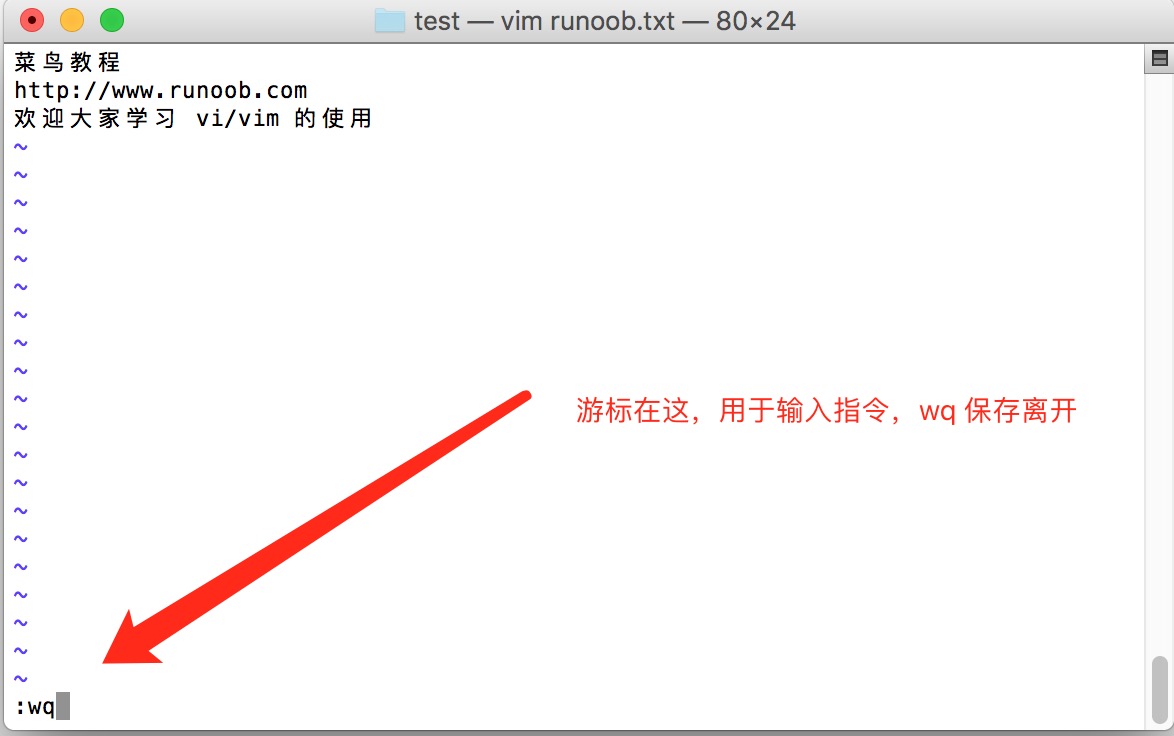本文将从源代码和docker安装两种方式带大家从0~1通过
Gitea搭建一个私有git服务器
Gitea——私有git服务器搭建教程
- 什么是Gitea
- 一、源代码安装方式
- 1. 前置环境要求
- 2. 下载gitea
- 3. 构建运行
- 二、Docker安装方式
- 1. Docker安装
- 2. Dokcer Compose安装
- 3. 安装启动gitea
- 4. 基本操作实例
- 5. ssh配置
什么是Gitea
Gitea是一个开源社区驱动的轻量级代码托管解决方案,后端采用 Go 编写,采用 MIT 许可证.
官网:https://gitea.io/zh-cn/
一、源代码安装方式
实验环境为MacOS系统,Windows系统以下操作大同小异
官方文档:https://docs.gitea.io/zh-cn/install-from-source/
1. 前置环境要求
- Go环境安装(版本要求大于1.16,一定要设置
$GOPATH环境变量,并将其bin目录添加到$PATH中)- Go语言环境搭建(Windows+Linux)_欢迎来到 Baret~H 的博客-CSDN博客
- Node.JS环境安装(版本要求大于等于12.17,用于构建js和css文件,建议安装最新版本)
- Node.JS安装教程_欢迎来到 Baret~H 的博客-CSDN博客
- 数据库环境安装,建议MySQL
- MySQL最新版8.0.21安装配置教程_欢迎来到 Baret~H 的博客-CSDN博客
# 我的环境
zhongsiru@zhongsirudeMacBook-Air ~ % go version
go version go1.17.1 darwin/arm64
zhongsiru@zhongsirudeMacBook-Air ~ % node -v
v14.17.6
zhongsiru@zhongsirudeMacBook-Air ~ % npm -v
8.1.3
zhongsiru@zhongsirudeMacBook-Air ~ % mysql -V
mysql Ver 8.0.27 for macos11 on x86_64 (MySQL Community Server - GPL)
2. 下载gitea
- Github:https://github.com/go-gitea/gitea
- Gitee镜像:https://gitee.com/mirrors/gitea
通过git将项目下载到$GOPATH/src目录下
git clone https://github.com/go-gitea/gitea
3. 构建运行
下载完成后用Goland打开,在项目根目录下使用以下命令安装各种前端依赖,下载好的依赖在项目根目录下生的node_modules目录中
npm install
然后通过以下目录构建后端代码
TAGS="bindata" make backend

构建完成后,会在项目根目录下生成gitea可执行文件,我们使用以下命令来启动项目
./gitea web

启动成功后我们访问本机的3000端口,可以看到如下界面:

这里我们配置我们所安装的mysql数据库和密码即可,这里的数据库名称需要我们提前创建一个数据库,这里创建的名称为gitea,此外还可以更改站点名称为自己想要的名称。
设置更新完后,点击安装即可,然后就进入到gitea的控制台,到此即安装配置成功。

二、Docker安装方式
实验环境为CentOS7.6服务器,可以使用任意云厂商或者centos虚拟机
官方文档:https://docs.gitea.io/zh-cn/install-with-docker/
1. Docker安装
官方文档:Install Docker Engine on CentOS | Docker Documentation
# 1.移除以前docker相关包
sudo yum remove docker \docker-client \docker-client-latest \docker-common \docker-latest \docker-latest-logrotate \docker-logrotate \docker-engine# 2. 配置yum源
sudo yum install -y yum-utils
sudo yum-config-manager \
--add-repo \
http://mirrors.aliyun.com/docker-ce/linux/centos/docker-ce.repo# 3. 安装docker
sudo yum install -y docker-ce docker-ce-cli containerd.io# 4. 启动docker
systemctl enable docker --now# 5. 配置阿里云加速
sudo mkdir -p /etc/docker
sudo tee /etc/docker/daemon.json <<-'EOF'
{"registry-mirrors": ["https://82m9ar63.mirror.aliyuncs.com"],"exec-opts": ["native.cgroupdriver=systemd"],"log-driver": "json-file","log-opts": {"max-size": "100m"},"storage-driver": "overlay2"
}
EOF
sudo systemctl daemon-reload
sudo systemctl restart docker
以上操作完成后,我们可以使用 systemctl status docker来查看 Docker 服务是否启动

2. Dokcer Compose安装
官方文档:Install Docker Compose | Docker Documentation
# 1.安装docker compose
sudo curl -L "https://github.com/docker/compose/releases/download/1.29.2/docker-compose-$(uname -s)-$(uname -m)" -o /usr/local/bin/docker-compose# 2.赋予下载的docker-compose执行权限
sudo chmod +x /usr/local/bin/docker-compose
注意:Docker Compose 存放在GitHub不太稳定,可以通过镜像网址高速安装。
- 镜像网站:http://get.daocloud.io/
curl -L https://get.daocloud.io/docker/compose/releases/download/v2.2.2/docker-compose-`uname -s`-`uname -m` > /usr/local/bin/docker-compose
chmod +x /usr/local/bin/docker-compose
下载完成后可以输入docker-compose --version来查看是否安装成功

3. 安装启动gitea
我们通过docker compose的yaml配置文件来安装gitea,其中选用数据库mysql来存储gitea的数据文件。
创建docker-compose.yml文件,内容如下:
version: "3"networks:gitea:external: falseservices:server:image: gitea/gitea:1.15.9container_name: giteaenvironment:- USER_UID=1000- USER_GID=1000- DB_TYPE=mysql- DB_HOST=db:3306- DB_NAME=gitea- DB_USER=gitea- DB_PASSWD=gitearestart: alwaysnetworks:- giteavolumes:- ./gitea:/data- /etc/timezone:/etc/timezone:ro- /etc/localtime:/etc/localtime:roports:- "3000:3000"- "222:22"depends_on:- dbdb:image: mysql:8restart: alwaysenvironment:- MYSQL_ROOT_PASSWORD=gitea- MYSQL_USER=gitea- MYSQL_PASSWORD=gitea- MYSQL_DATABASE=giteanetworks:- giteavolumes:- ./mysql:/var/lib/mysql
编写完成后,我们通过以下命令再启动 Gitea
# 后台启动gitea
docker-compose up -d server


待启动成功,可以看到它启动在3000端口,然后我们通过服务器公网IP:3000即可访问到其web界面,注意服务器安全组规则要放行3000端口

其中数据库设置我们不需要更改,因为是根据上述docker-compose.yml文件中的数据库配置来读取的,我们需要更改ssh服务的域名为服务器的公网ip,通知基础url的前缀也更改为服务器的公网ip

然后创建一个管理员用户(zsr/123456)即可,然后点击安装

设置完成后,点击立即安装,然后即可进入如下界面

到此gitea的已经安装部署完成
4. 基本操作实例
我们来新建一个仓库:

然后我们将仓库克隆下来新增一个文件然后再推送回去:
# 克隆仓库
zhongsiru@zhongsirudeMacBook-Air Desktop % git clone http://139.198.40.248:3000/zsr/hello.git
Cloning into 'hello'...
warning: You appear to have cloned an empty repository.# 进入本地仓库目录
zhongsiru@zhongsirudeMacBook-Air Desktop % cd hello # 新增hello.txt文件
zhongsiru@zhongsirudeMacBook-Air hello % vim hello.txt
zhongsiru@zhongsirudeMacBook-Air hello % ls
hello.txt# 将变更添加到暂存区
zhongsiru@zhongsirudeMacBook-Air hello % git add .# 将暂存区的内容添加到本地仓库
zhongsiru@zhongsirudeMacBook-Air hello % git commit -m "添加hello.txt"
[master (root-commit) 1f46f0e] 添加hello.txt1 file changed, 1 insertion(+)create mode 100644 hello.txt# 推送到远程仓库(要输入用户名和密码)
zhongsiru@zhongsirudeMacBook-Air hello % git push origin master
Username for 'http://139.198.40.248:3000': zsr
Password for 'http://zsr@139.198.40.248:3000':
Enumerating objects: 3, done.
Counting objects: 100% (3/3), done.
Writing objects: 100% (3/3), 230 bytes | 230.00 KiB/s, done.
Total 3 (delta 0), reused 0 (delta 0), pack-reused 0
remote: . Processing 1 references
remote: Processed 1 references in total
To http://139.198.40.248:3000/zsr/hello.git* [new branch] master -> master
上述命令操作完成后,我们回到gitea web页面,即可看到变更

5. ssh配置
上述我们推送到远程仓库要输入用户名和密码进行校验,这是十分麻烦的,我们可以配置ssh实现免密登陆:
1️⃣ 首先在本机生成公钥:
# 进入到.ssh目录
cd ~/.ssh# 生成密钥对
ssh-keygen -t rsa -C "邮箱"# 查看公钥内容
cat id_rsa.pub

2️⃣ gitea中添加公钥
在gitea web界面的ssh配置页面新增一个ssh密钥,复制上面生成的公钥粘贴进去即可

添加完成后如下所示

此时如果我们修改hello.txt的内容再重新推送到gitea仓库,就不需要输入密码了

如果我们采用ssh的方式克隆下来呢?

我们复制这个ssh地址来看看:

发现还让我们输密码,我们不是刚刚配置的ssh吗?我们仔细看这个ssh地址:
git@139.198.40.248:zsr/hello.git
在服务器公网ip后面直接接了zsr用户名,没有接任何端口,也就是想当于走了默认端口22,等价于服务器公网ip:22也就是要登陆服务器的操作,这当然是需要密码的,我们应该是登陆服务器内部gitea容器的操作,因此我们需要修改gitea的一些配置:

在docker-compose.yml文件中,由于我们将gitea的data目录挂在到本季的gitea目录中,因此我们需要进入该目录中来修改相关配置,需要修改/gitea/gitea/conf/app.ini文件

由于我们将主机的222端口映射到gitea容器中的22端口,因此我们将app.ini中的ssh_port和ssh_listen_port修改为222端口

修改完成后我们通过docker-compose restart命令重启一下gitea容器

然后再次访问web界面,可以看到ssh地址已经变更,在服务器的公网ip后接了222端口(注意服务器安全组要放行222端口),也就相当于访问服务器内部gitea容器的22端口

此时我们再通过ssh进行克隆,然后修改文件再推送回去

这次期间任何流程无需再需要输入密码进行验证,到此ssh配置已经完毕。






